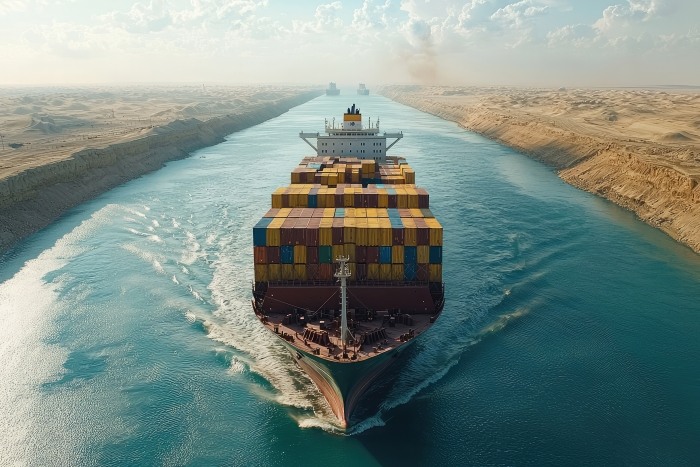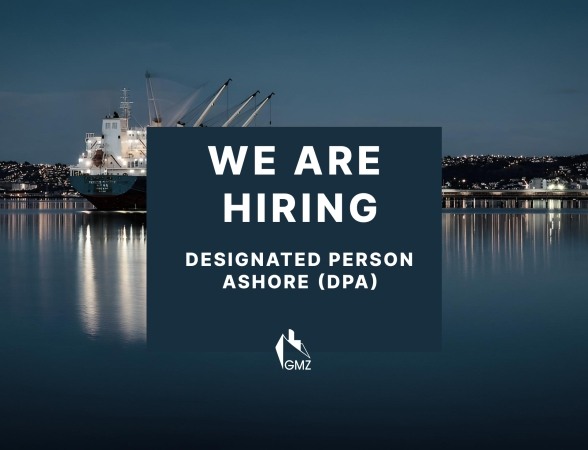
Red Sea ships attacks: From disruptions to new opportunities
August 28 2024
In the first two months of 2024, Suez Canal trade - the shortest maritime route between Asia and Europe- has dropped by 50% from a year earlier, disrupting supply chains all over the world and distorting key macroeconomic indicators. In fact, attacks on vessels in the Red Sea area reduced traffic through the Suez Canal, through which about 30% of global maritime trade volume normally passes. And to avoid this threatening situation, approximately 600 container ships had by mid-February 2024 diverted their vessels around South Africa’s Cape of Good Hope where the volume of trade registered an increase of 74% above last year’s level.
In summary, this diversion of trade routes contributed to:
- A surge in the price of goods and raw materials in most countries, leaving markets that had already been weakened by the Covid pandemic on the verge of collapsing.
- An increased delivery times by 20 days or more on average, hurting companies with limited inventories.
- Most Red Sea ports, among which we cite the ports of Jeddah, Aden and Djibouti saw a reduction in their trade activity.
- Global container shipping rates have increased due to increased travel distances and time travelled by up to 53%.
- A rise in insurance costs for travelling vessels, squeezing margins and making exports of many low margin products unviable from current locations.
- Pollution has gone up as longer voyages are causing a rise in CO2 emissions due to the additional fuel burned.
As above-stated, the current Red Sea crisis status-quos that started around October 2023 have generated far-reaching implications, not only for the shipping industry but also for the environment and the global economy. Increased shipping costs (40 to 60%), delays due to rerouting (up to 20 days more), higher insurance premiums (15-20%) and potential cargo loss from piracy and attacks have undeniably affected the overall merchandise trade between Europe, Africa, Asia and even the Americas. The increase in prices of most products, from food to electronics has also contributed to inflation and impacted the consumers’ spending power.
New routes and new opportunities
And while many economies are struggling with reduced volumes, others are benefiting from the diverted traffic like Armenia, Georgia and the Kyrgyz Republic that saw their share of trade excluding oil and gas with major partners such as China, the European Union, Russia, and the United States rise as much as 60 percent.
In fact, global trade is tending towards re-shoring and near-shoring that present opportunities for countries geographically close to major economic blocks like the European Union and the Gulf states. North African countries, for instance, that can offer an attractive investment climate and sound policy frameworks may be well-positioned to attract foreign direct investment from these regions. This could lead to a boost in local investment and job creation, higher incomes and facilitate technology transfer, all of which can contribute to the resilience and growth of local economies.
India-Middle East-Europe Economic Corridor (IMEC) that was launched in September 2023 is moreover seen as an initiative that could significantly boost trade and economic development across three continents when realized.
And in the past months, trade volumes between China and Europe via Central Asia have more than quadrupled. Though this route, known as the Middle Corridor, represents a small fraction of overall trade between China and Europe, it holds significant promise for economic development in the Caucasus and Central Asia and its integration into global supply chains.
Shifting trade patterns have also opened opportunities elsewhere. For example, countries in the Middle East and North Africa, such as Algeria, Kuwait, Oman, and Qatar, roughly doubled their energy exports to the European Union in 2022–23 to meet surging demand for non-Russian oil and gas.
Finally, countries can increase their resilience to trade disruptions by strengthening and expanding regional linkages and connectivity. To navigate the troubled waters, they will need to:
- Diversify the sources of imported goods and raw materials
- Explore alternative maritime trade routes
- Create new land-based trade routes combining major cities and expand land transport infrastructure
- Explore alternative trade routes to reduce dependency on the conflict-prone Red Sea passage.



